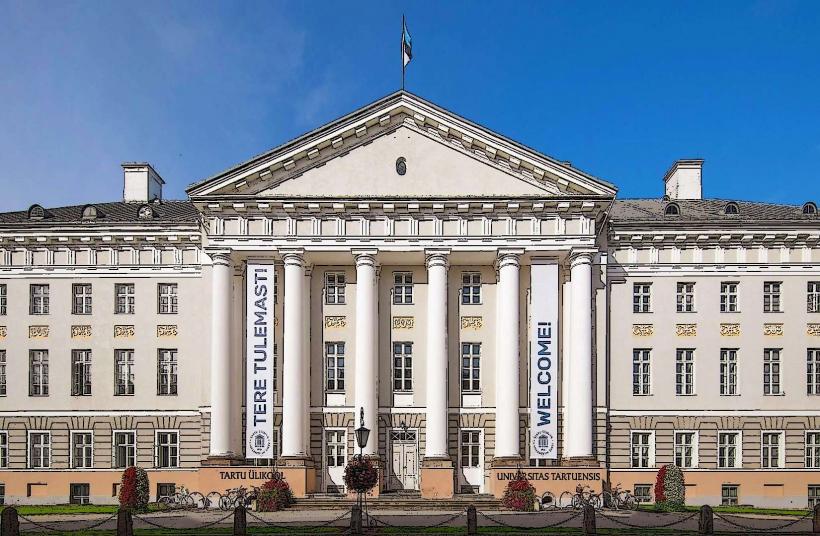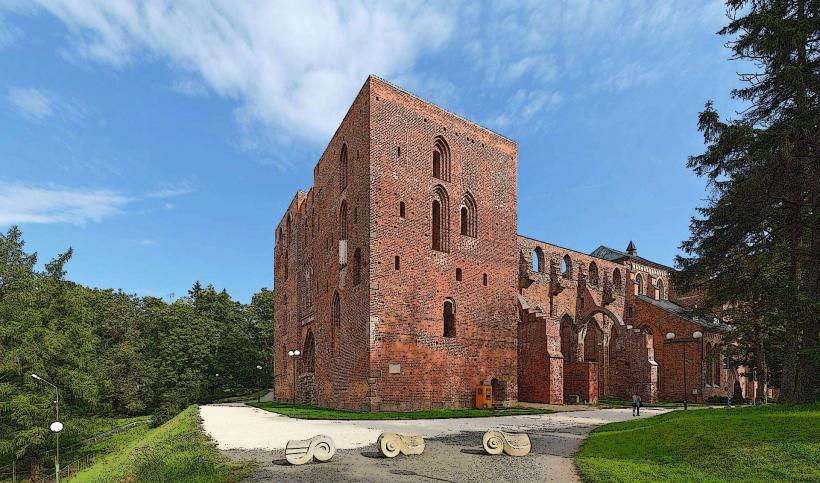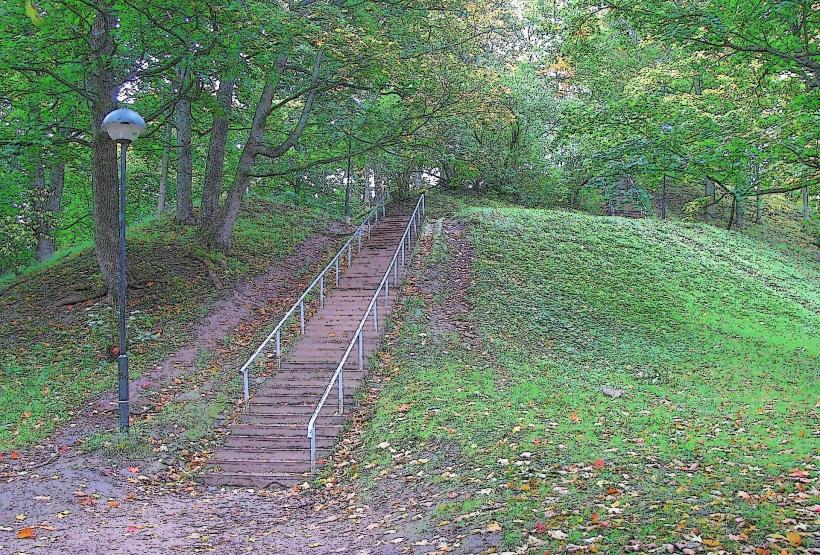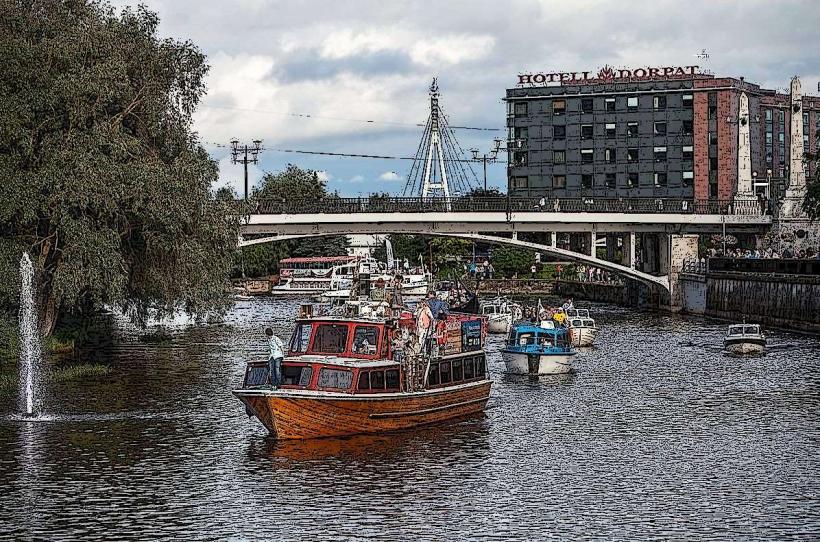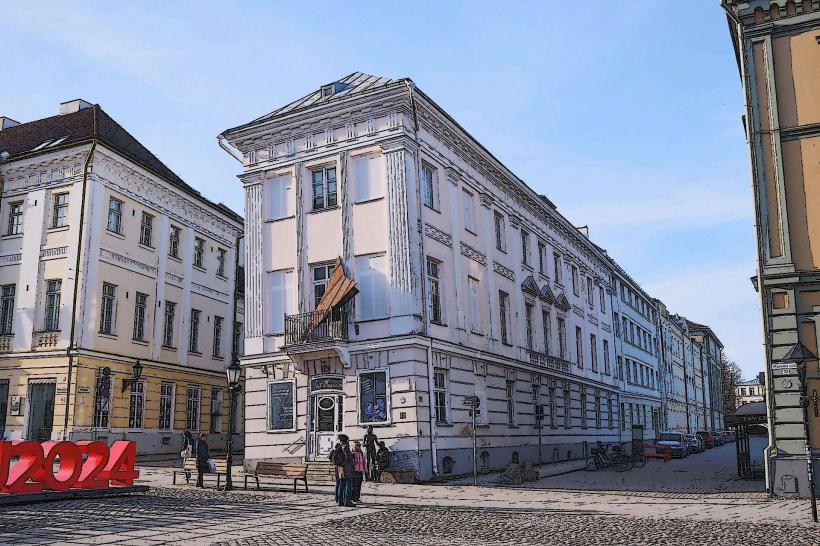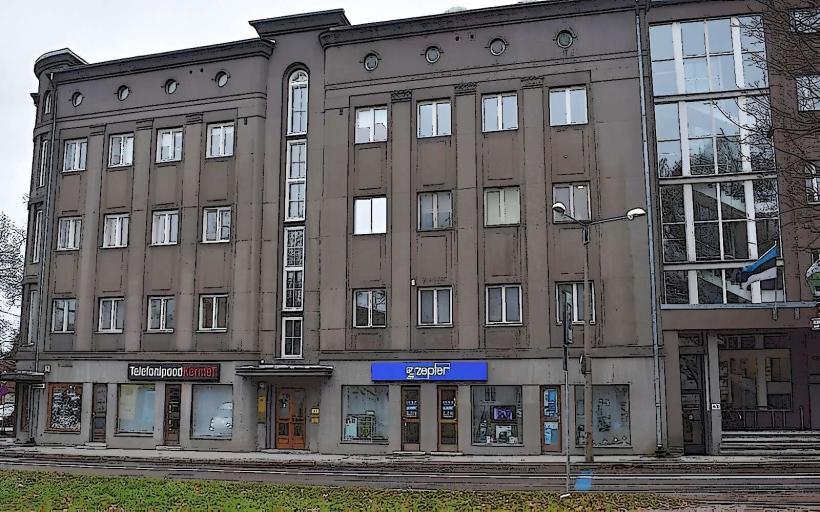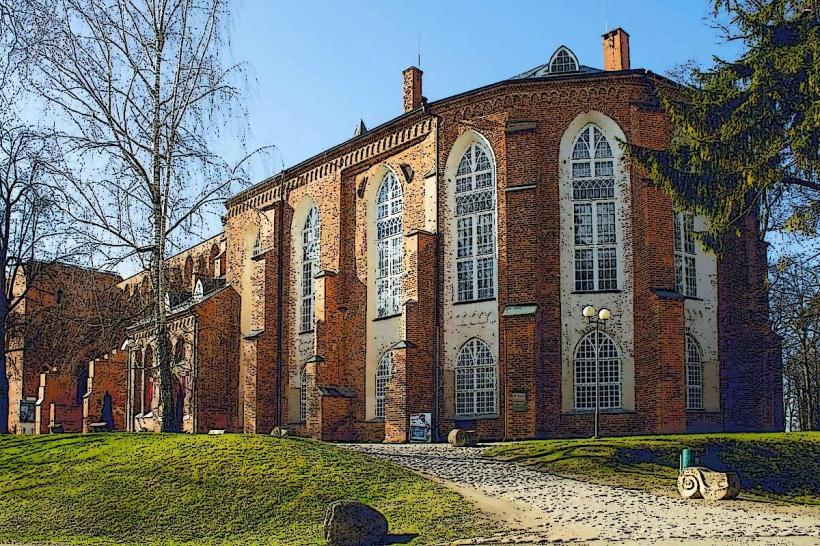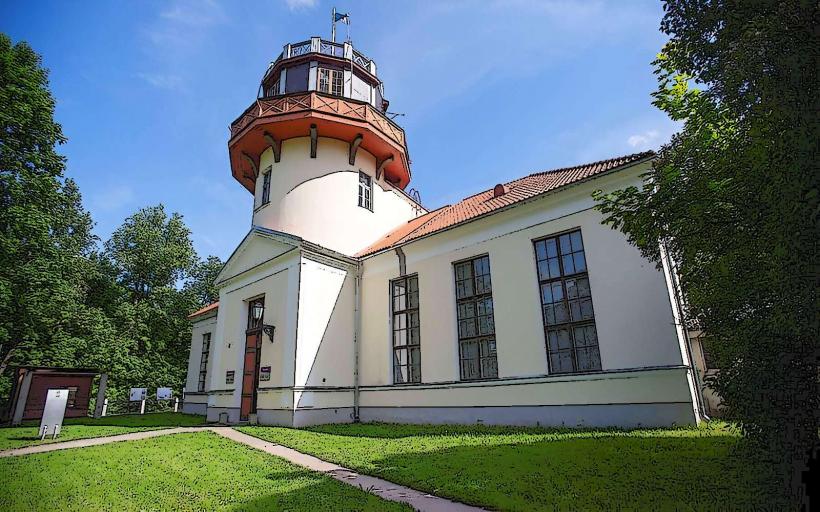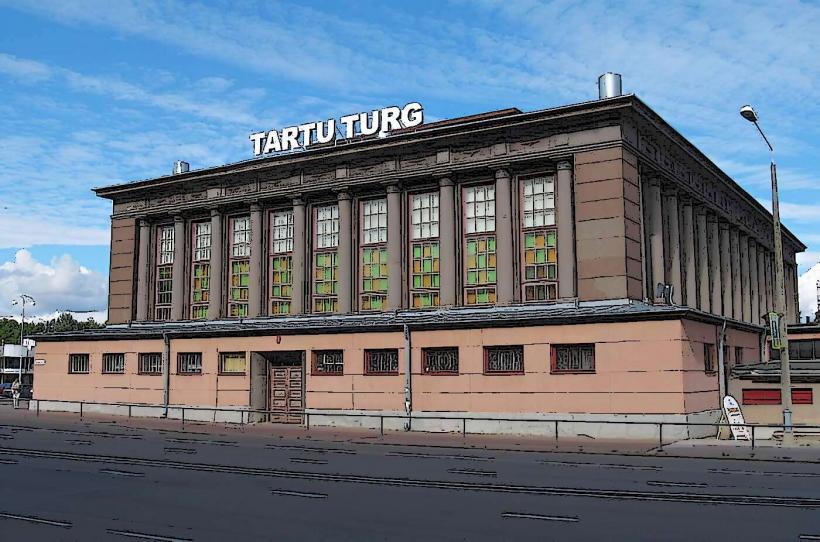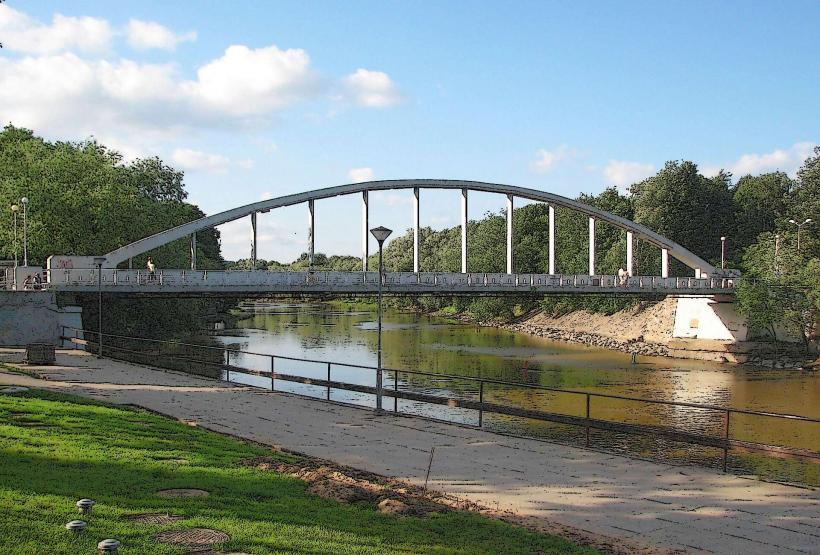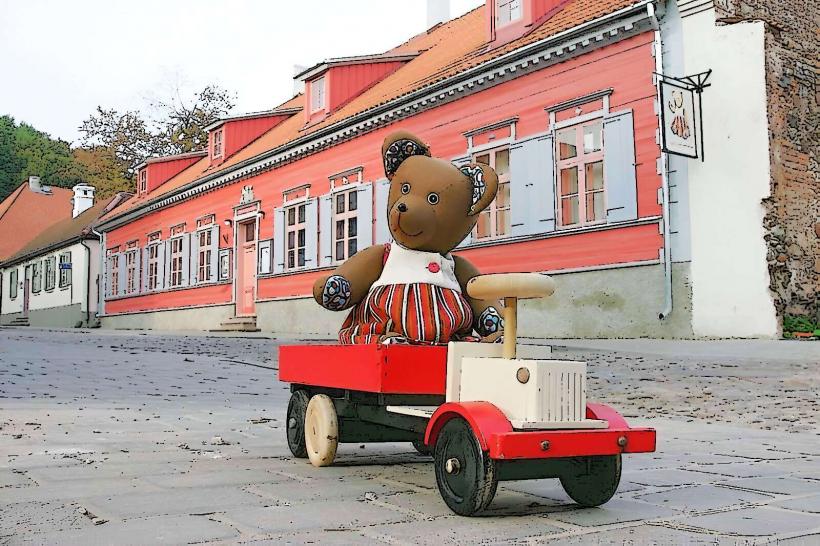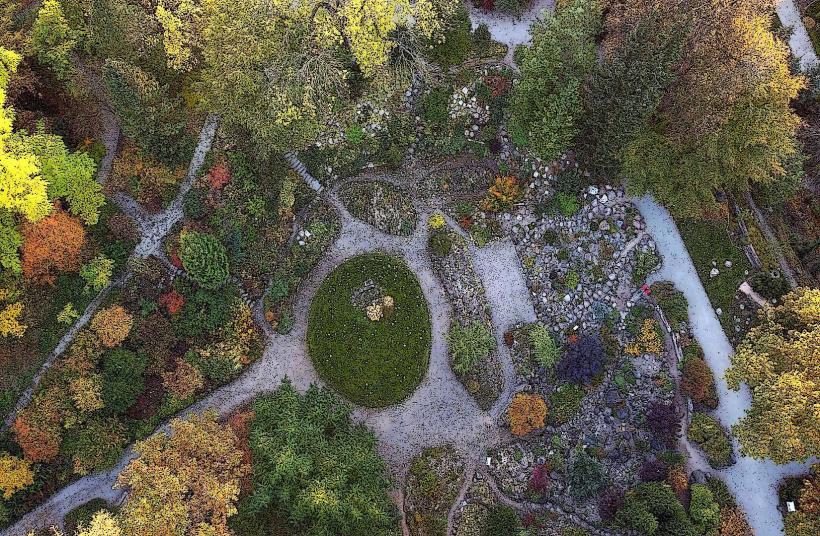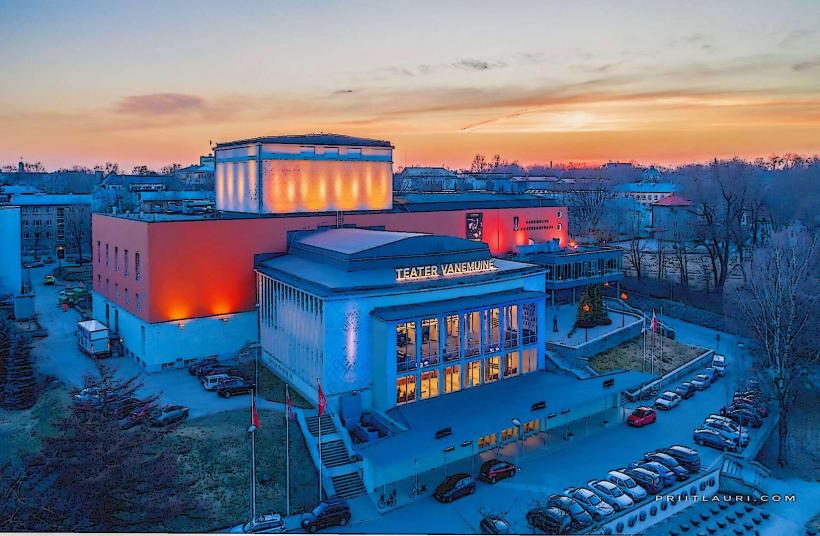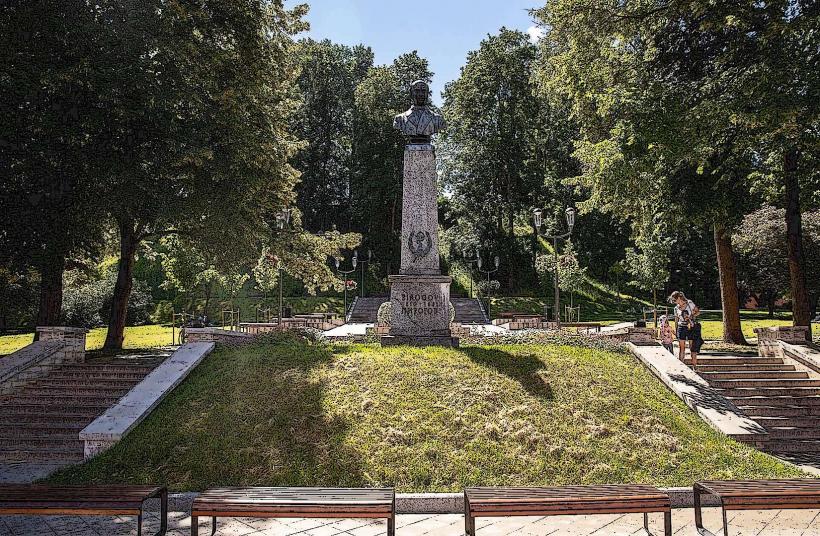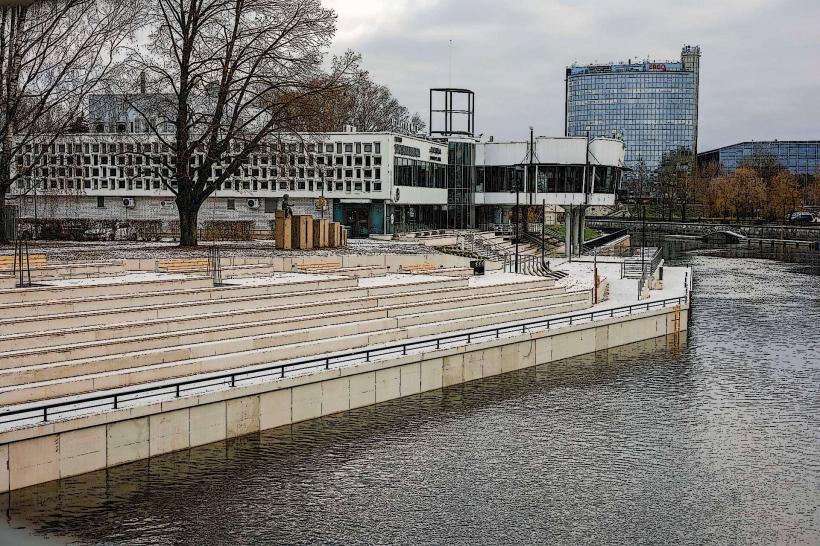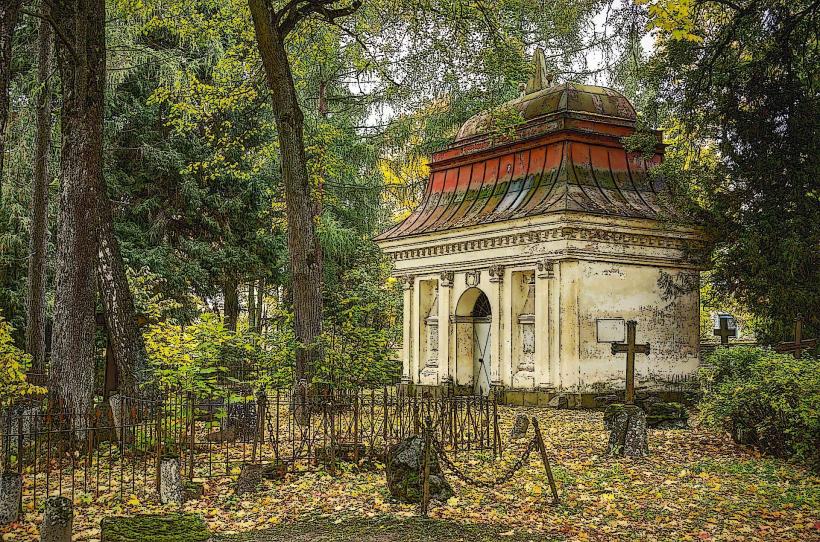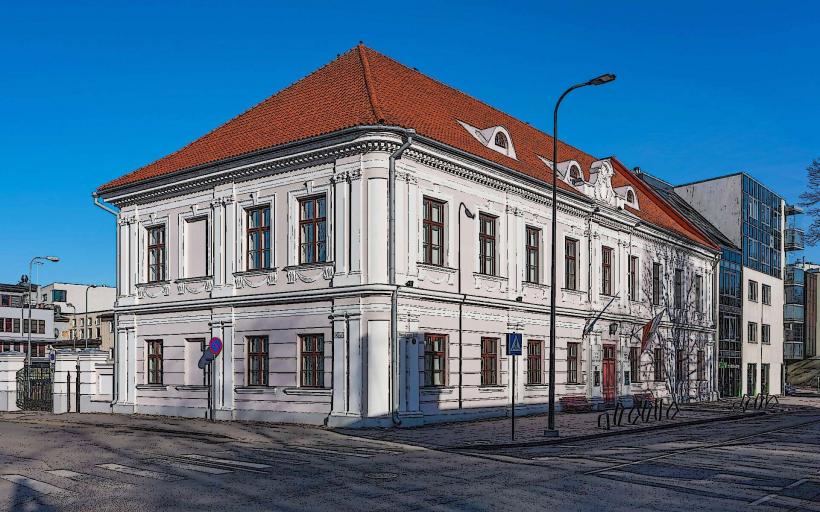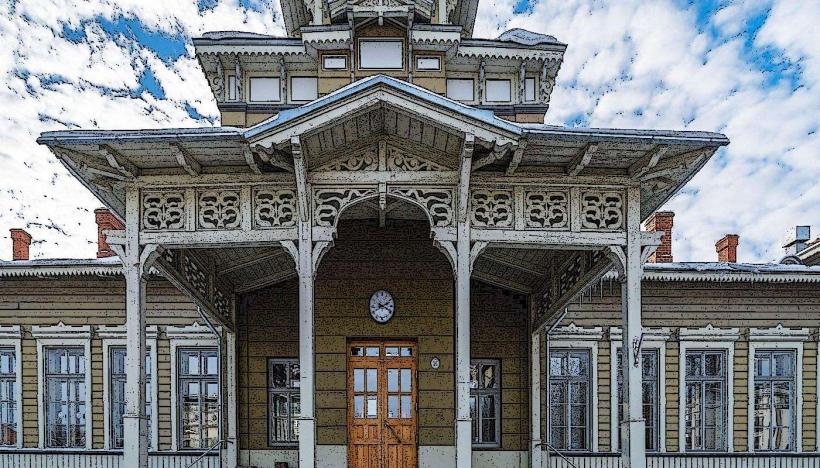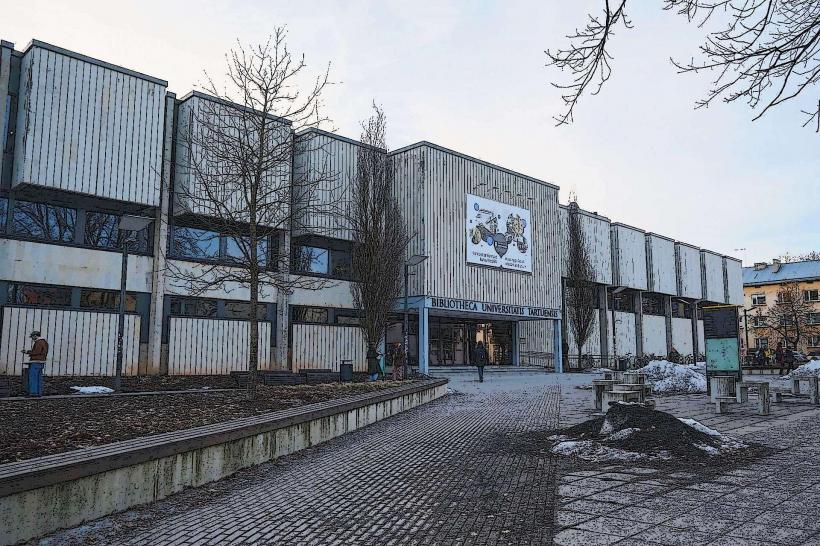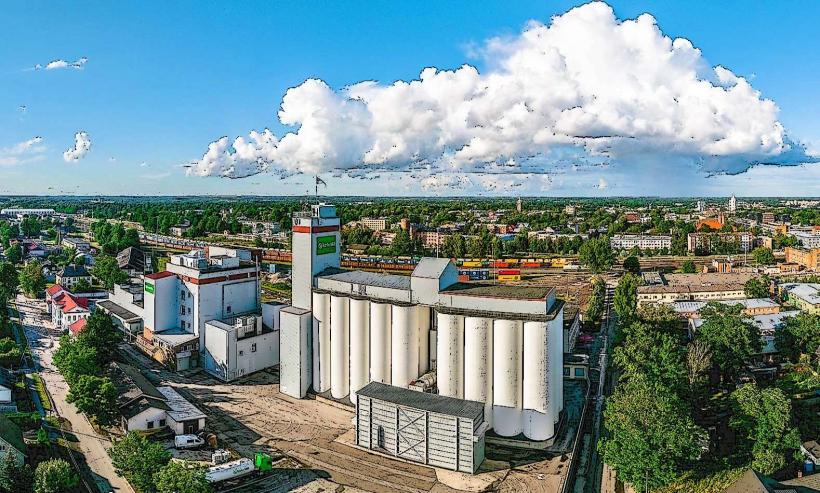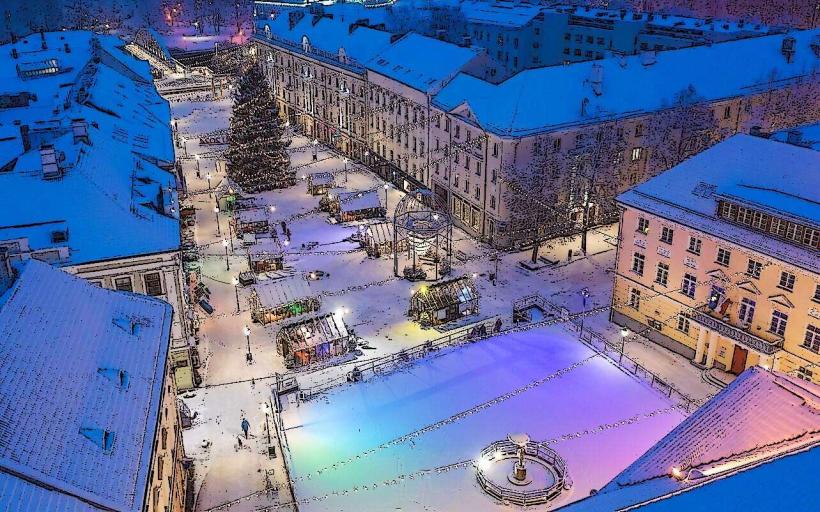Information
Landmark: St. John's ChurchCity: Tartu
Country: Estonia
Continent: Europe
St. John’s Church (Jaani Kirik) is one of the most important and historically significant landmarks in Tartu, Estonia. Located in the city’s center, it is renowned for its striking Gothic architecture, medieval history, and beautiful interior. The church has been a place of worship, community gathering, and cultural significance for centuries, and it remains an important symbol of Tartu’s religious and historical heritage.
Overview and History
St. John’s Church is one of the oldest buildings in Tartu and has a long history that dates back to the 14th century. It was originally built as a Catholic church during the medieval period and later became part of the Lutheran tradition after the Reformation. The church has undergone several transformations and restorations over the centuries, but it has retained its medieval charm and significance.
Construction: The church was built starting in 1300, and construction continued through the early 14th century. It was originally designed to serve the needs of the local community and was likely constructed by German settlers in the region. The church’s design reflects the influence of Gothic architecture, which was common in Europe during this time.
Reformation and Lutheranism: In the 16th century, during the Protestant Reformation, St. John’s Church became a Lutheran church. The switch from Catholicism to Lutheranism is an important part of the church’s history, as it reflects the broader religious shifts that were taking place in Europe during that period.
Restorations: Over the years, St. John’s Church has undergone several restorations and reconstructions, particularly after it suffered damage during wars and natural disasters. In the 18th century, the church’s steeple was rebuilt, and in the 19th century, additional repairs were made to ensure the church’s preservation.
World War II: During World War II, the church was severely damaged, with parts of the building being destroyed. It was only after the war that the church was fully restored to its present condition. The restoration work was meticulous, preserving as much of the original structure as possible while modernizing certain elements to ensure the building’s longevity.
Architecture
St. John’s Church is a prime example of Gothic architectural style, with elements that reflect the region’s medieval history and the church's long-standing role as a place of worship. Some key features of its architecture include:
Exterior Design: The church’s exterior is characterized by pointed arches, flying buttresses, and tall, narrow windows typical of Gothic architecture. The façade is rather simple, with the focus on the vertical lines of the structure, which was intended to inspire awe and elevate the soul towards the heavens.
The Tower: The church’s bell tower is one of its most distinctive features. Originally, the tower had a steeple that was a prominent feature in the Tartu skyline. Over the centuries, the steeple has been damaged and rebuilt several times, but it continues to be a key feature of the church’s silhouette.
Interior: The interior of St. John’s Church is equally impressive, with its high vaulted ceilings and stained glass windows. The stained glass windows, which depict various biblical scenes, were a major part of the church's aesthetic, adding vibrant colors and light to the interior space.
Wooden Sculptures and Carvings: The church is particularly well-known for its wooden sculptures and carvings, including a series of intricate wooden altarpieces and decorative carvings that adorn the walls and pews. These elements are part of the church’s rich artistic heritage and contribute to its unique atmosphere.
The Organ: Another notable feature of St. John’s Church is its organ, which was installed in the 19th century. The organ is a significant part of the church’s music tradition, and it is still used for services and concerts today.
Cultural and Religious Importance
St. John’s Church has long been a center for religious life in Tartu. Its status as one of the oldest and most prominent churches in the city has made it a key location for worship, social gatherings, and cultural events.
Place of Worship: The church is an active Lutheran church, serving the spiritual needs of the local community. It continues to hold regular worship services, including Sunday masses, weddings, baptisms, and other religious events.
Historical Role: Throughout its long history, St. John’s Church has been at the center of Tartu’s religious and civic life. It has witnessed important events, such as the religious shifts during the Reformation, as well as major wars and upheavals in the region. Today, it is still a place for reflection and spiritual growth.
Cultural Events: In addition to religious services, St. John’s Church also hosts cultural events, including classical music concerts, especially featuring organ music. The church’s acoustics and rich history make it an ideal venue for these performances, drawing both local residents and tourists.
Symbol of Tartu: St. John’s Church is also a symbol of Tartu itself. It is an iconic building in the city’s skyline and represents the city’s medieval roots as well as its continuing cultural and religious importance. The church has become a point of pride for the people of Tartu and an important stop for visitors exploring the city's rich history.
Stained Glass Windows and Artistic Features
One of the most unique aspects of St. John’s Church is its stained glass windows, which are considered some of the finest in Estonia. These windows, dating back to the 19th century, depict biblical scenes and are renowned for their craftsmanship. The depictions of saints, angels, and biblical figures add to the sacred atmosphere of the church, while the colorful glass allows natural light to flood the interior, creating a serene and spiritual environment.
Conclusion
St. John’s Church is a vital part of Tartu’s historical, cultural, and religious landscape. With its Gothic architecture, rich history, and beautiful interior, it remains a testament to the city’s long-standing religious traditions and its architectural heritage. Whether as a place of worship, a venue for cultural events, or a historical landmark, St. John’s Church continues to be one of Tartu's most beloved and significant sites, offering visitors a unique glimpse into the city’s past and spiritual life.

